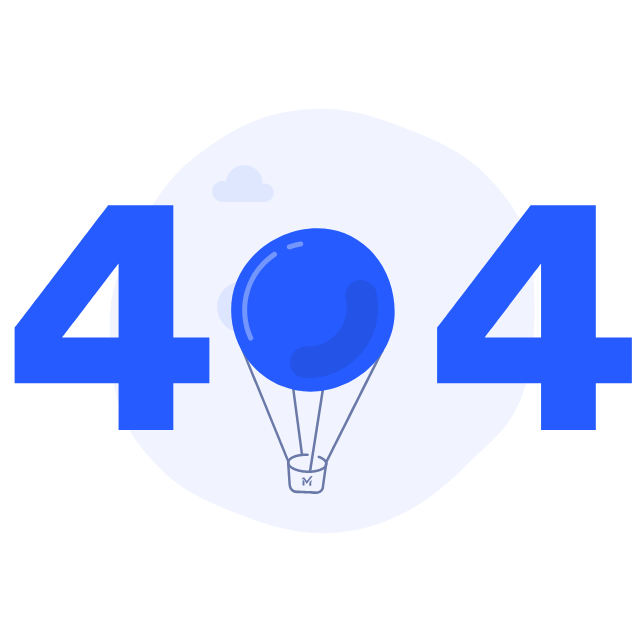Directions to Solve In the following questions choose the word which is the exact OPPOSITE of the given words. A Accidental
B Indifferent
C Fortuitous
D Deliberate
Share : |
A No output
B Infinite loop
C 0 1 2 ... 32767 - 32766 -32765 -1 0
D 0 1 2 ... 65535
Share : |
A capacitors
B flip-flops
C magnetism
D latches
Share : |
A memory paging
B data encoding
C memory refresh
D address decoding
Share : |
A revitalizing
B refreshing
C reinstalling
D reinstating
Share : |
A EPROM
B PROM
C ROM
D EEPROM
Share : |
A can be used to smooth out bursts of data into a continuous stream
B outputs the data in the same order that it was input
C All of the above
D allows data to be clocked in and out at different clock rates
Share : |
A charging
B blowing
C inputting
D zapping
Share : |
A verify
B scan
C store data into
D format
Share : |
A the RAS latches in the address and the CAS latches in data
B None of the above
C the RAS determines the operation mode and the CAS enables the tristate outputs
D the address lines are multiplexed to reduce pin count
Share : |




